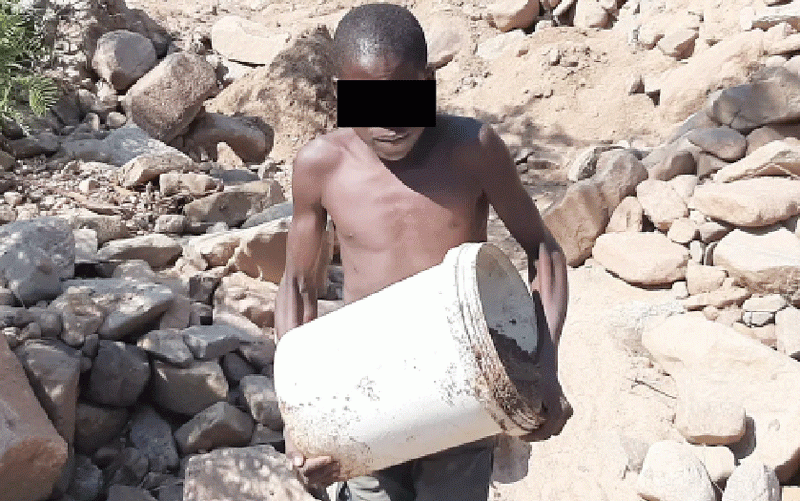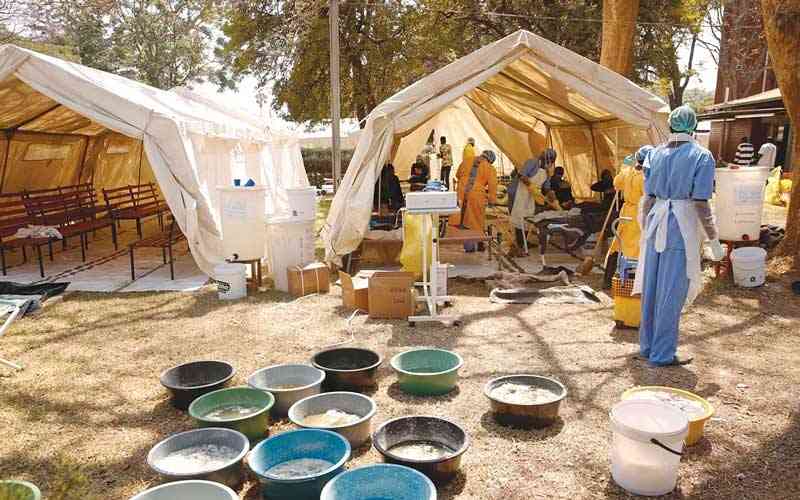
EVERY year on June 12, all countries the world over commemorate World Day Against Child Labour. And Zimbabwe is no exception.
Even the International Labour Organisation (ILO) join forces with ILO constituents and partners around the world to commemorate the day.
This is a key event considering that children are the future of any nation and that future is doomed if they are forced by circumstances to join the labour market at a tender age.
This year’s commemorations, running under the theme Let’s act on our commitments: End Child Labour!, focused on celebrating the 25th anniversary of the adoption of ILO Convention No 182 on the Worst Forms of Child Labour (1999), which, in 2020, was the first ILO Convention to be universally ratified.
This convention reaffirms global commitment to eliminating the worst forms of child labour, including slavery, trafficking and hazardous work.
ILO says while much progress has been made in reducing child labour over the years, “recent years have seen global trends reverse, and, now more than ever, it is important to join forces to accelerate action towards ending child labour in all its forms”.
“With the adoption of sustainable development goal target 8.7, the international community made a commitment to the elimination of child labour in all its forms by 2025. Governments around the world have ratified ILO Conventions on child labour (Convention No 182 ratified by all 187 ILO member States and Convention No 138 ratified by 176 member States) and are committed to their implementation. The Durban Call to Action, adopted by delegates following the 5th Global Conference on the Elimination of Child Labour in 2022, shows the way,” ILO said.
The past few years have seen the number of school dropouts increasing as more and more children take up menial jobs to complement their parents’ meagre earnings.
- Blanket Mine revenue rises 37%
- ED challenger nabbed
- Sunday word: Identifying ‘mother of earth’s abominations’
- Frontline Kids plots surprise reunion
Keep Reading
The COVID-19 national lockdowns, the current El Niño-induced drought and a tanking economy, among other issues, have contributed to the number of children dropping out of school to join the labour market.
In 2021, reports stated that 32 700 children dropped out of school and the number jumped to 50 744 the next year.
The figures are quite alarming and many of these children end up in child labour.
Some of them end up working as livestock herders, tobacco farm labourers or gold panners.
Child protection social worker Kudzai-Vimbiso Tseriwa says child labour robs children of the future. It deprives them of their childhood, education and future prospects, perpetuating a cycle of poverty and exploitation.
It robs them of their innocence, health and well-being.
Instead of attending school and playing, they toil in hazardous conditions, often for meagre wages or no pay at all.
Many families are struggling to make ends meet, let alone put a square meal on the table, which results in underage children taking up jobs.
There is need for government to expand its social protection programmes to shield children from the exploitative world.
It will help to address the root causes of child labour, such as poverty and unemployment.
Children who are deprived of opportunities should be assisted to break free from the cycle of poverty.








